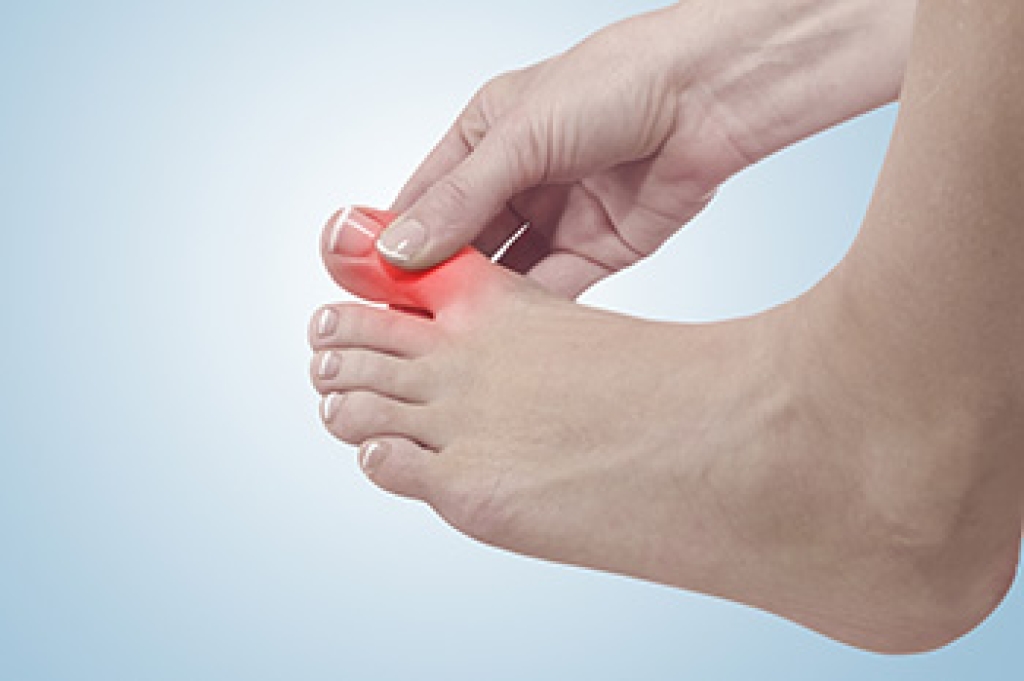
Gout is a type of arthritis that occurs when uric acid builds up in the body, forming sharp crystals in the joints. It most commonly affects the base of the big toe, causing sudden, intense pain, redness, swelling, and warmth. Risk factors include excessive alcohol consumption, obesity, kidney disease, high-purine diets, and a family history of gout. Over time, repeated gout attacks can lead to joint damage and decreased mobility. A podiatrist can diagnose gout through an examination and imaging, provide strategies to reduce uric acid levels, recommend medication, and suggest lifestyle adjustments to prevent future flares. If you are experiencing sudden pain in your big toe, it is suggested that you promptly schedule an appointment with a podiatrist who can help you to manage what might be going on.
Gout is a foot condition that requires certain treatment and care. If you are seeking treatment, contact Mark Poplawski, DPM from Jersey Shore Podiatry, LLC. Our doctor will treat your foot and ankle needs.
What Is Gout?
Gout is a type of arthritis caused by a buildup of uric acid in the bloodstream. It often develops in the foot, especially the big toe area, although it can manifest in other parts of the body as well. Gout can make walking and standing very painful and is especially common in diabetics and the obese.
People typically get gout because of a poor diet. Genetic predisposition is also a factor. The children of parents who have had gout frequently have a chance of developing it themselves.
Gout can easily be identified by redness and inflammation of the big toe and the surrounding areas of the foot. Other symptoms include extreme fatigue, joint pain, and running high fevers. Sometimes corticosteroid drugs can be prescribed to treat gout, but the best way to combat this disease is to get more exercise and eat a better diet.
If you have any questions, please feel free to contact our office located in Toms River, NJ . We offer the newest diagnostic and treatment technologies for all your foot care needs.








